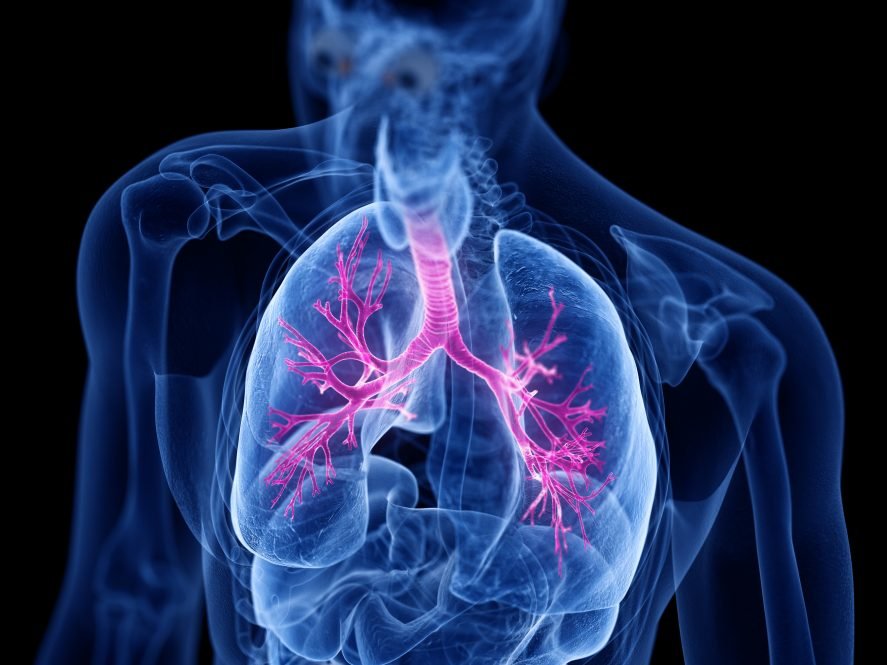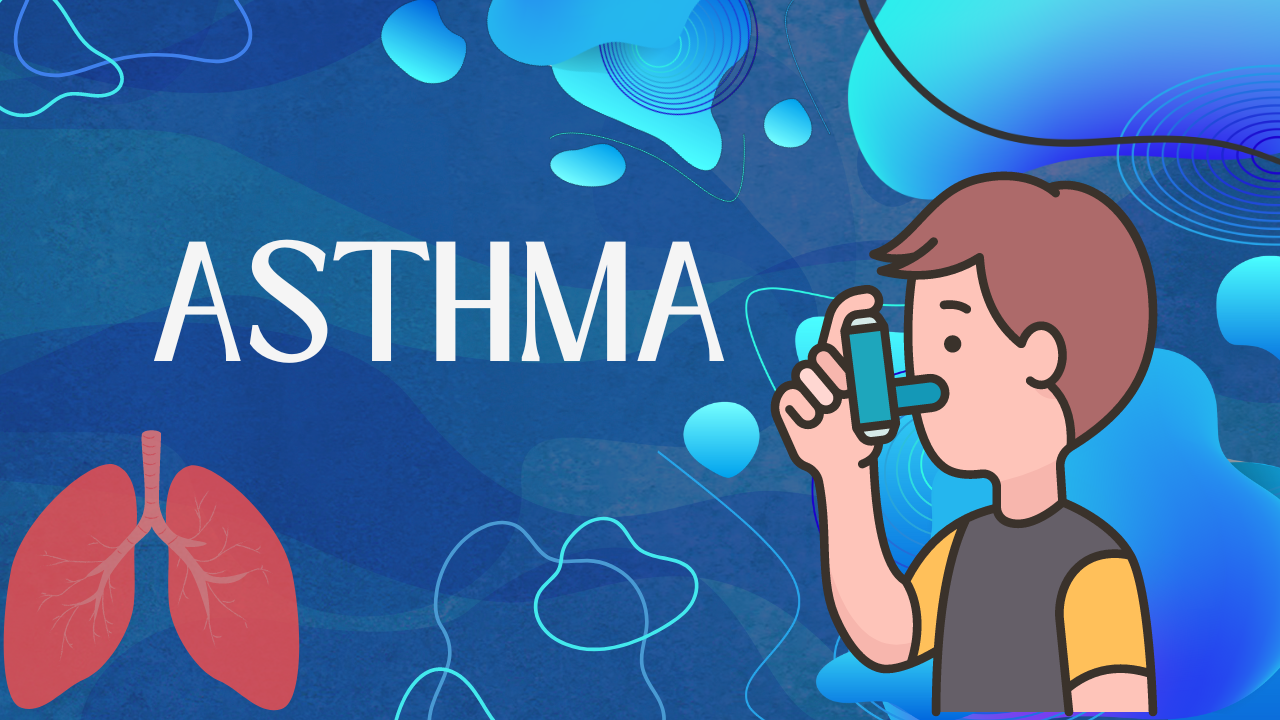Asthma
Asthma
In general, asthma means difficulty in breathing. It is a respiratory disease related to our lungs. India is known as the most asthmatic city in the world. Around 2% of people in India are facing this chronic disease until 2020, a report mentioned it.
Causes of asthma:
. Coughing: means an increase in mucus
. Smoke
. Allergy
. Air pollution
. Dust
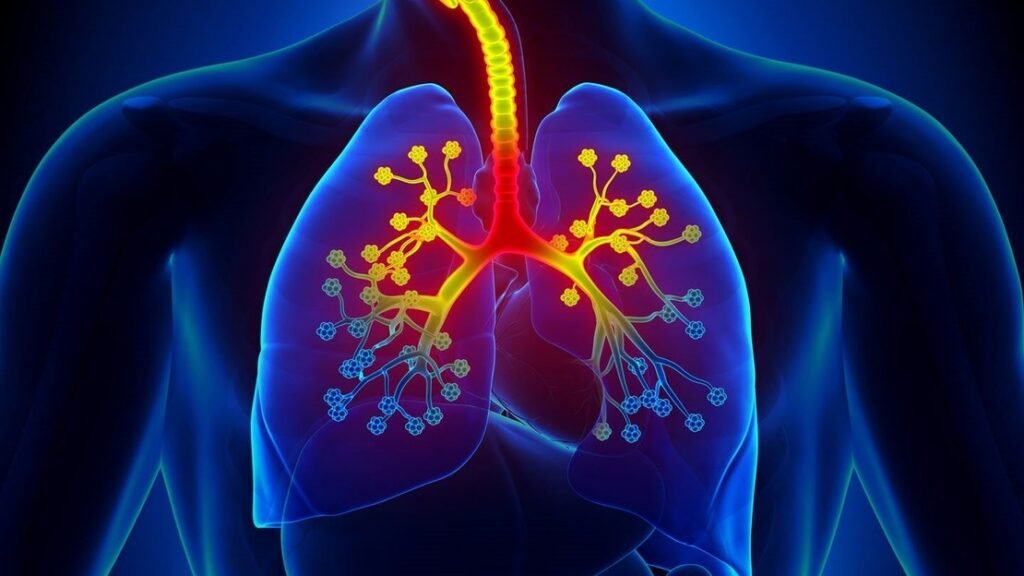
Whenever we breathe the oxygen travels from the trachea (windpipe) to the lungs. There are alveoli which do the exchange of oxygen and carbon dioxide with the process of breathing in and breathing out. When there is a problem in this area then that problem is divided into 3 steps as follows.
1st stage is Airways Inflammation.

Inflammation means swelling. The line of the mucus there becomes thick and the airway passage becomes narrow. This arises difficulty in breathing. When the patient is going through this stage it affects the bronchial and bronchioles. Therefore, due to difficulty in breathing the patient causes redness and swelling. This irritates the patient.
2nd stage is Airway’s hyperresponsiveness
This affects the stimulants. Stimulants are the triggers, which trigger our airways. There are certain stimulants that trigger it such as weather conditions, pollution, dust particles, stress level, and many other allergies. In this stage, a person might feel asthma attacks. An oxygen pump can stabilize this situation.

3rd stage is Bronchus contraction

This is where our bronchus patch is blocked. In this, the muscles around the bronchus contract, and no space is left to pass in and out of the air. Due to contraction the air traps This leads to difficulty in breathing in the patient severely and they feel unconscious.
At this stage, the person is even provided with an oxygen mask or nebulizer. Immediately needs to be hospitalized in this severe condition. If airway passage is blocked for even a fraction of a second then that would be difficult to hold the breath. So, asthma in a scientific manner means chronic, obstructive and reversible lung disease.
Types of asthma:
There are basic 2 types of asthma allergic asthma and non–allergic asthma or atopic and non-atopic asthma.
The triggers which affect our bronchial wall are called allergenic asthma. There may be dust particles, foul smells, fallen of flowers, animal hairs, some specific food, dairy products, etc. which affect allergic asthma.

The irritation is the factor affecting non-allergic asthma. The irritations such as air pollution, smoke, fumes, excessive cold, excessive heat, room deodorant, or respiratory infections the ones have affects non-allergic asthma. The sub-types of it include workplace asthma (the ones working in chemical factories and dyeing industries, the ones working in farms that is the farmers using various fertilizers, and pesticides), exercise-induced asthma (the ones doing exercise may be uncomfortable, they may feel suffocated and irritated), mixed asthma (the ones may face excessive heat or cold), cough variant asthma (the dry cough can cause it), nocturnal asthma (this usually activates at night due to laying down and being breathless).
To detect the cause of asthma doctors, go through a combination of environmental and genetic factors which trigger and have stimulants as follows:

- Airborne allergen
- Respiratory infection
- Physical activity
- Air pollutants or irritants
- Certain medicines
- Non-steroid medicines
- Strong emotions
- Preservatives or chemicals
- Gastro effects
- Menstrual cycle


- Food allergy
- Skin disease
- Genetic factors
In today’s time, having milk is definitely not good. The cows and buffalos are injected with higher reproduction quality which imbalances the hormones in females especially and causes PCOS and PCOD in the higher range. Also, it is scientifically proven that about 100 ml of milk takes 18 hours of time to digest. Now how can you treat any chronic diseases and diagnose your patients with respect to Naturopathy? There are pathological tests in which aspect we can consult our therapies.
Spirometry test — The most used pulmonary function or breathing test is spirometry. This test device checks how much air you can take in and expel from your lungs, as well as how quickly and easily you can do so.
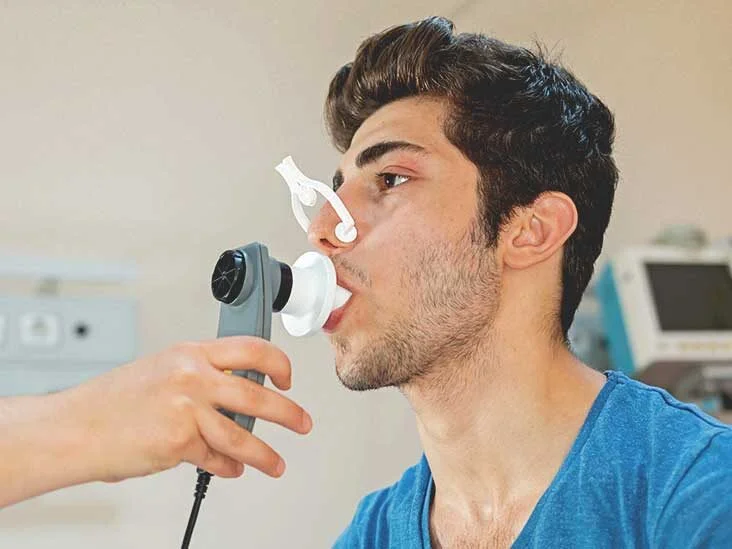
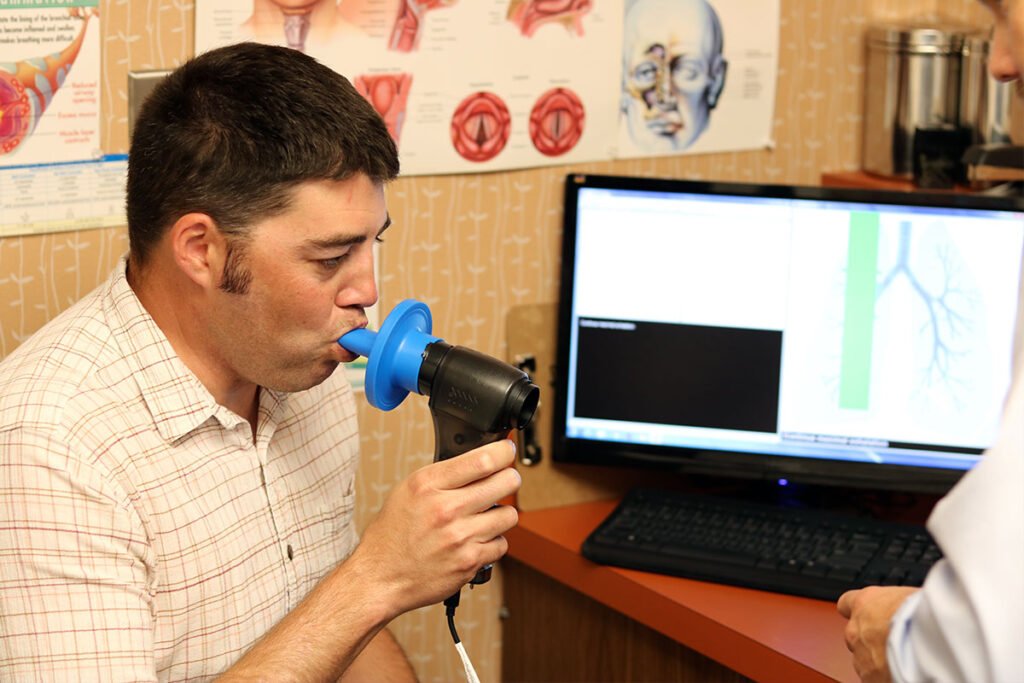
Nitric-oxide test — The amount of nitric oxide in your breath is determined by a fractional exhaled nitric oxide test, also known as a FeNO test. Nitric oxide is a gas that exists in the atmosphere, but it is also produced by the body when the airways are inflamed.
Nitric oxide levels are indicators of inflammation or swelling in the airways and can be used to identify illnesses caused by allergies.
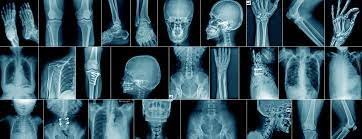

IG blood test — This detects the immunoglobulins score in your blood.
Bronchoscopy test — This is a procedure wherein the doctor can look at your lungs and air passages.
There are 3 levels of asthma diagnosing
Mild stage– This is the imbalance of the breath. This is a signal to the person that it may be dangerous if precautions are not taken prior. It is a triggering thing. Generally, no medicines are needed at this stage.


Moderate stage– In this stage, a person when headed is due to mis preventive measures in the earlier stage. The person feels breathless and faces certain breathing problems, many such problems are faced in their daily life often. They start depending on the nebulizer, asthma pump, etc.
Severe stage — In this they are totally dependent on medicines. They face the problem of less sleep as it is difficult for them to breathe. They may face asthma attacks. Probably they could be hospitalized in this condition.

5 natural ways of the same
. Move to a less polluted place in whatever geographical condition affects your breathing problem.
. Practice yoga and breathing exercises every day

. Avoid dairy products.
. Avoid certain food such as jackfruit, banana and boiled beetroot. They are highly mucus forming
. Daily consumption of honey, ginger, garlic, turmeric and carrom seeds.
